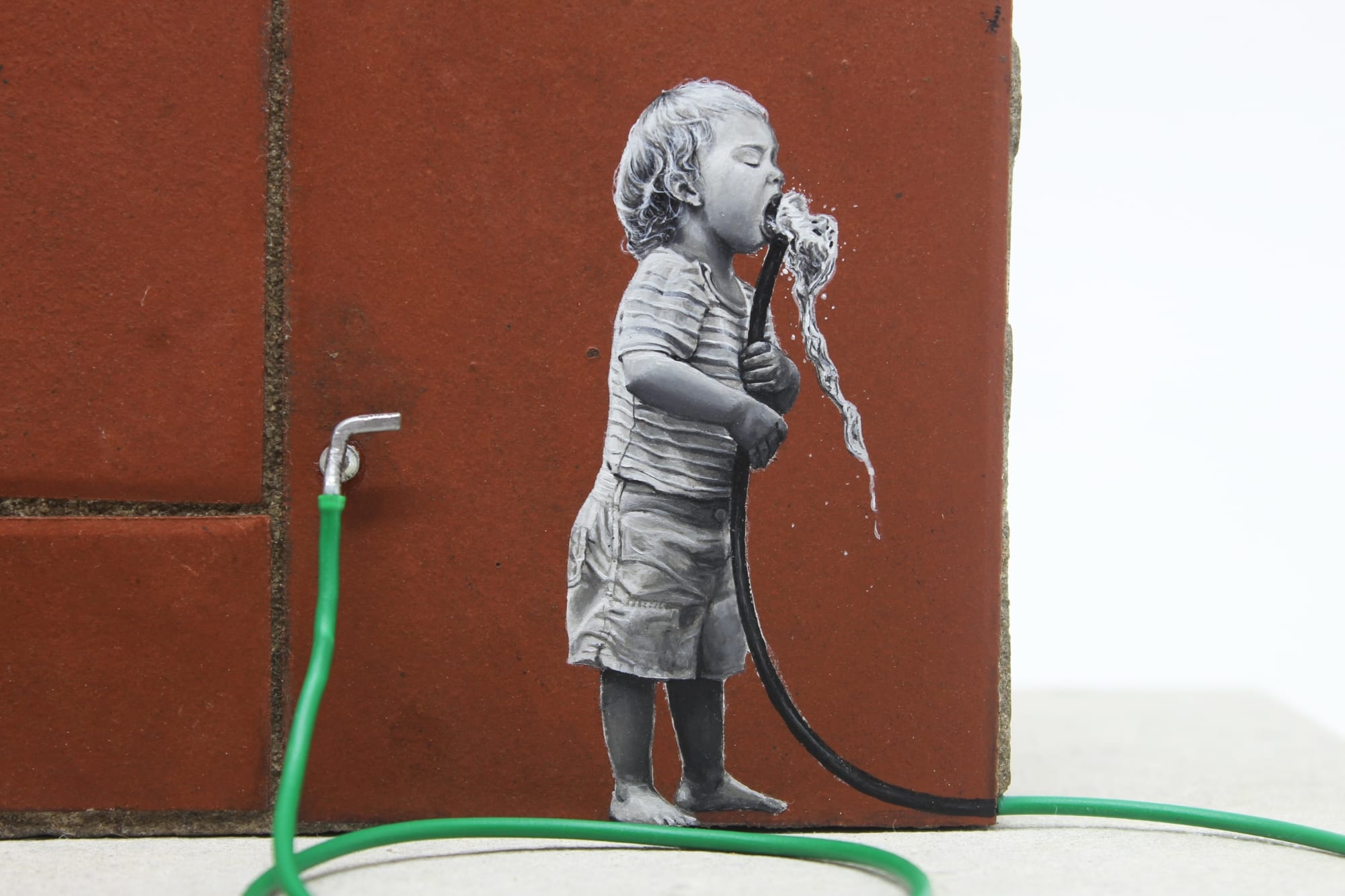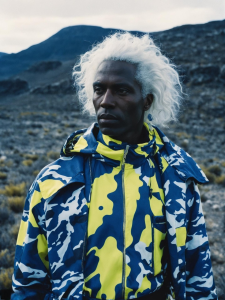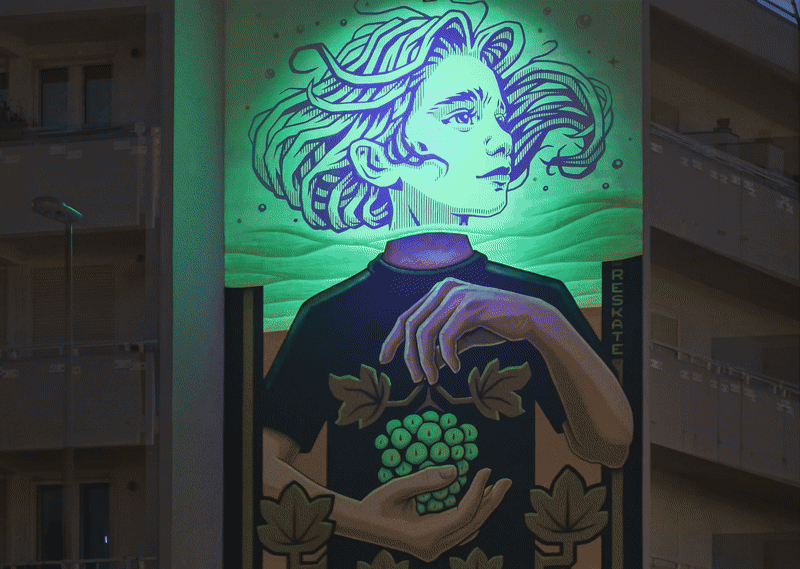Through tight, circular marks and soft shading, Robert Pruitt creates portraits that invite viewers into a magical world. Rendered in a mix of charcoal, conté, and pastel, his works are rooted in storytelling and how personal narrative offers insight into broader, more collective questions about Southern culture, rituals, and enmeshed identities.
The artist brings models into his Harlem studio and photographs them donning elaborately constructed costumes. His drawings emerge from these sessions, although Pruitt prefers a monumental scale. Rendered on paper dyed with coffee, the portraits stretch upwards of seven feet, their meticulous shading and linework backdropped by washes of the characteristically warm hue.

A recent self-portrait presents the artist in his signature novelty glasses, the swirling X-Ray lenses resting on his forehead. His hands, rather than his face, are the subject of this ten-foot-wide work, and each wears gold jewelry, his hometown represented on a Houston Rockets ring. The title nods to the character of Herman Smith, played by Richard Pryor in the 1978 retelling of The Wonderful Wizard of Oz, The Wiz.
Adornment is prominent in Pruitt’s works and serves a dual purpose: it provides a means to excavate questions about identity, culture, place, and time and also offers a chance to find something “fun and weird to draw,” he says. Recurring motifs like lemons, mushrooms, snakes, and birds are a more recent addition to his portraits, and they often envelop the central figure. In “Princess with a plague of Grackles,” for example, the quintessential Texan creature perches on a seated woman’s shoulders and arms.
“Lately, I’ve been thinking more about the body as continuous with the world. Our bodies take things in, let things out—and that process, to me, signals a kind of equality with everything around us,” Pruitt tells Colossal.

Connecting to nature also invokes the divine and alludes to the artist’s constellation of references, whether it be his interest in science fiction, comic books, music, or his enduring love for “swampy, humid Houston, Texas,” he adds.
I think part of it is nostalgia, especially in contrast to my life now in New York City. I miss home…On some level, these works feel like staging grounds for my own origin story—coming from a complicated metropolis that also feels deeply rural. A kind of Eden, but one filled with mosquitoes and stray dogs. Nature not as cute or comforting but indifferent—and still sacred.
If you’re in New York, you can see Pruitt’s work in a solo exhibition named after a Sun Ra libretto, …Son…Sun…Sin…Syn…zen…Zenith, at Salon 94. Find more from the artist on his website and Instagram.









